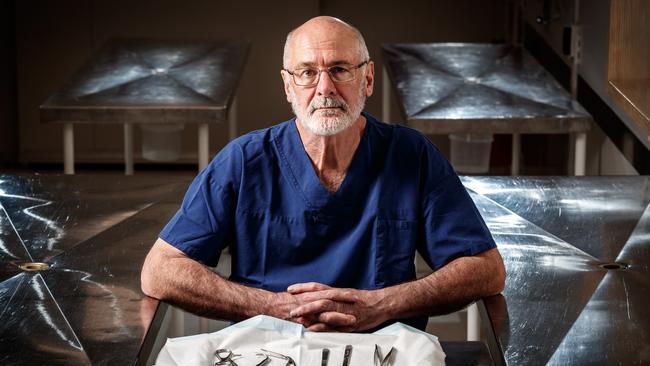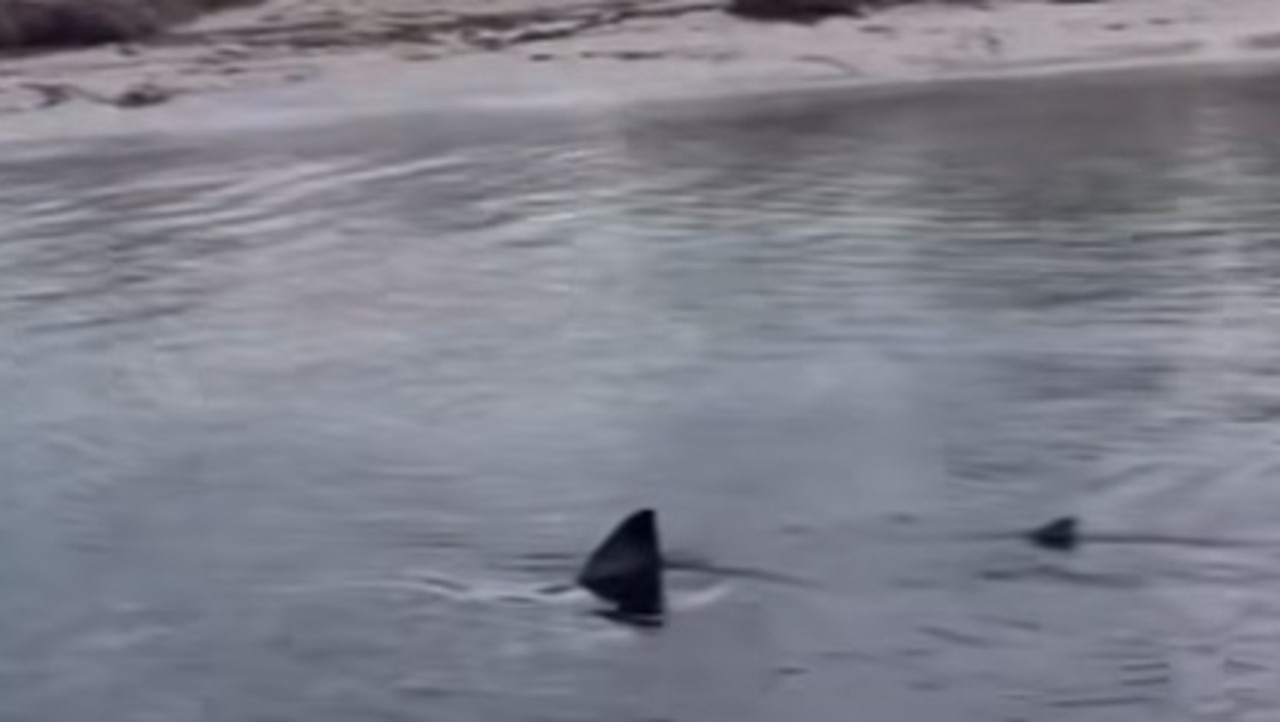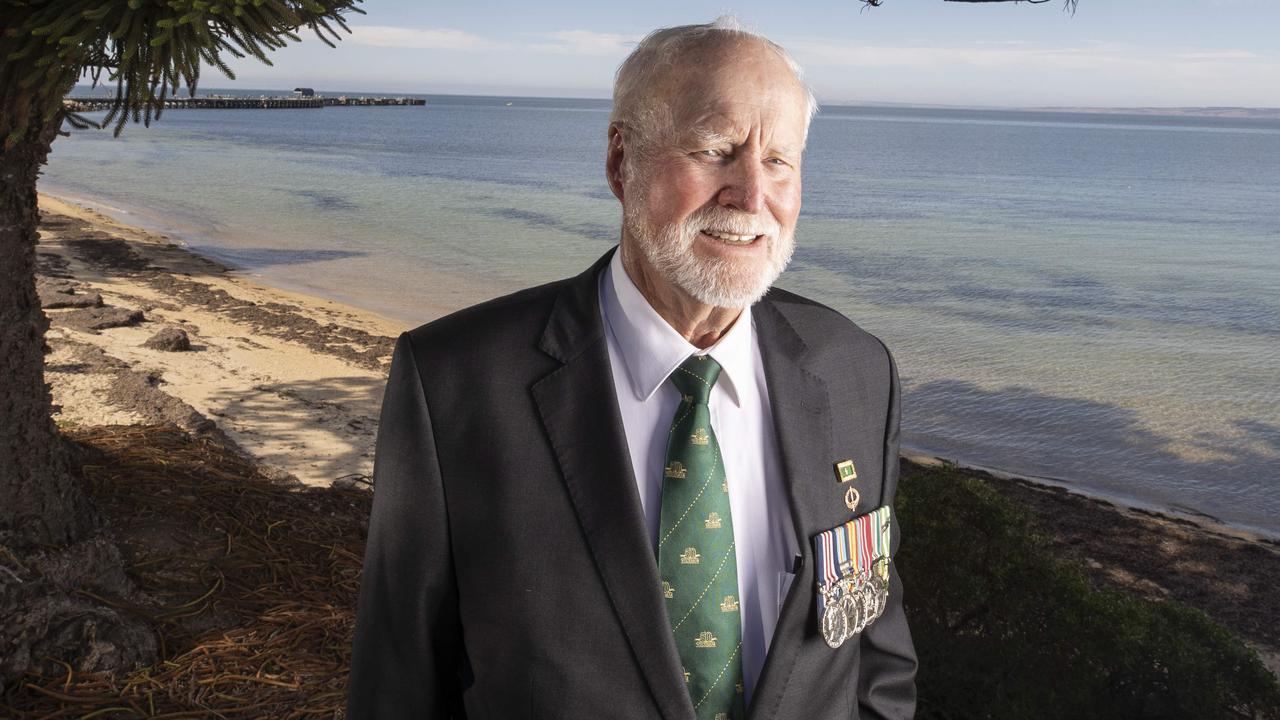Top forensic pathologist reveals chilling discovering from child autopsies
Post-mortems from South Australia’s most tragic deaths have uncovered a chilling pattern, one of the state’s top forensic pathologists says.

SA News
Don't miss out on the headlines from SA News. Followed categories will be added to My News.
Methamphetamine is increasingly being detected in the post-mortems of babies and very young children in South Australia, one of the state’s top forensic pathologists has revealed.
Meth has been detected in the autopsies of children as young as a month old, as well as in a stillborn baby.
Early this month, doctors reportedly found meth in the urine of a two-year-old northern suburbs boy hospitalised after allegedly suffering severe burns and bruising.
Professor Roger Byard, a senior forensic pathologist at Forensic science SA and chair of pathology at Adelaide University, described the shock trend as “disturbing”.
“We’ve had an increase in the number of cases of meth being found in children which is concerning … the fact we are finding it in babies is disturbing,” Prof Byard said.
WATCH GUARDIANS OF THE DEAD WITH STATE’S TOP FORENSIC PATHOLOGIST

“Whether it is a result of environmental contamination or them being exposed to the drug … (for example), it may be they’ve been scrounging around on the floor, found drugs and eaten them.”
The presence of methamphetamine in kids has also been linked to exposure while in utero, breast milk, and contaminated formula.
Prof Byard, who co-authored a paper published in the Journal of Forensic Sciences in 2020 – Increasing Methamphetamine Detection in Cases of Early Childhood Fatalities – said while the sample size for that study was small, it pointed to a broader community problem. “It tells us babies are getting (exposed to meth) … no age is safe from methamphetamine,” he said.
“It would suggest that there may be significant numbers of the very young undetected in the Australian population who are being exposed to this drug … the long-term physical and psychological effects of this exposure are unclear but are of concern.”
At the other end of the scale, Prof Byard said meth was also being detected more frequently in an older cohort than previously.
“(We’ve seen) a 10-year increase in average age,” he said.
“Back in 2000, the average age was 33 by 2019 it was 42 (and) we’re seeing something like almost 15 per cent of our cases aged over 50.
“These are not fit 20 year olds taking meth, these are people who have underlying conditions such as heart disease, high blood pressure – methamphetamine is a toxic drug to the heart,” he said.
“So, it is something medicos need to have a knowledge of … just because someone is 50, it doesn’t mean they might not be doing illicit drugs, we can’t just think ‘oh, it is just young people partying’ (who are taking meth).”
Data from Forensic science SA shows the presence of methamphetamine in post-mortem cases peaked in 2016 and again in 2020, at 11 per cent of all cases, coming off a low of 3 per cent in 2010.
“Since (2016) the percentage of cases tested that were methamphetamine positive has remained steady,” Forensic science SA Director Linzi Wilson-Wilde said.





